Cloud Foundry is an open source Cloud Application Platform that makes it faster and easier to build, test, deploy, run, and scale applications. It enables developers to develop applications in different programming languages, and easily push their code into production, with the platform handling everything else automatically.
The recent Cloud Foundry Summit Europe in Basel took attendees on a journey through the Cloud Native galaxy, a galaxy for building the future, a solar system providing developers and operators freedom of choice for multi-platform flexibility and agility. This was also underlined by the announcement of projects Eirini and CF Containerization joining the Cloud Foundry Container Runtime to further integrate Kubernetes with Cloud Foundry technologies.
Dynatrace was proud to be one of four platinum sponsors of the Summit, and happy to be chosen to deliver a keynote and two breakout sessions, showcasing the work Dynatrace is doing to support running Cloud Foundry foundations, Kubernetes, and hybrid, multi-cloud environments.
Here are the recaps of the sessions:
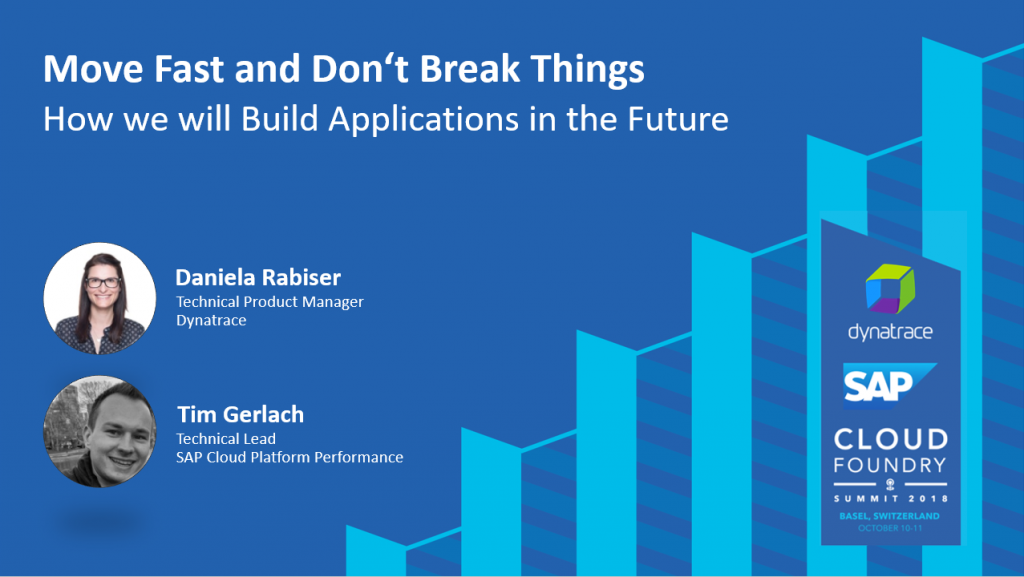
Keynote: Move fast and don’t break things – How we build applications in the future – Dynatrace and SAP
On Thursday morning, Daniela Rabiser, Technical Product Manager for Dynatrace, joined Tim Gerlach, Technical Lead of SAP Cloud Platform Performance, for a keynote talk about how SAP and Dynatrace are partnering to help companies “move fast without breaking things” to ensure applications running on SAP Cloud Platform provide the best customer experience.
Speed wins in the marketplace, and platforms like SAP Cloud Platform, based on Cloud Foundry, allow you to move fast to cloud native application architectures by making it easy to build, test, and deploy applications to the cloud and run on all of the hyper-scale cloud providers.

While speed is important you also need to have safety nets and pit stops in place to ensure that you don’t break things. In the talk, Daniela walked through how Dynatrace uses automation and AI to help improve performance as it relates to the development pipeline. If you look at the typical deployment pipeline, there are several stages in place to avoid a faulty change ending up in production. Quality-gates including functional tests and security scans, as well as acceptance tests, represent a solid safety-net. However, there may be cases where a Blue/Green comparison shows that the new application version is performing poorly. Dynatrace integrates with all your DevOps tooling to help shift performance quality checks to earlier in the pipeline. Dynatrace’s tight integration with Cloud Foundry automatically picks up all pertinent application and platform metrics, including Cloud Foundry specific metadata, like application, space, and organization. In this use case, Dynatrace would immediately detect problems and provide this information to your DevOps tooling to automatically approve or reject the promotion of a new application version to production.
Tim and Daniela walked through a demo of an application on SAP Cloud Platform deployed in 5 geos with Dynatrace monitoring the application. Daniela demonstrated the benefits of using a fully automated monitoring solution that provides all-in-one contextual monitoring and supports multi-cloud deployments seamlessly.
Key Takeaways:
- Speed wins, but ensuring quality by integrating a fully automated monitoring solution into the software development lifecycle is critical for success
- Multi-cloud application architectures create a new challenge that traditional monitoring solutions aren’t designed to deal with
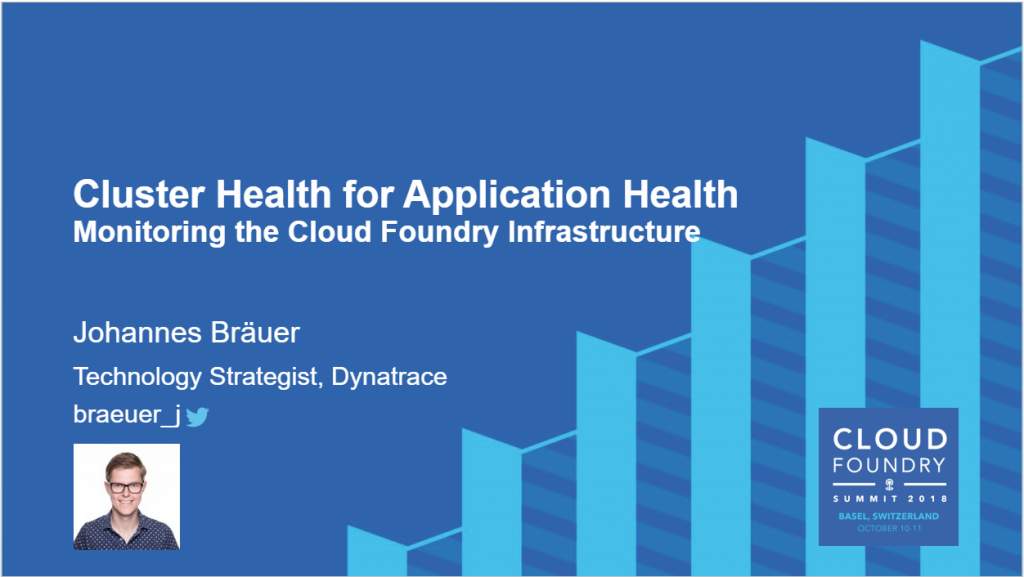
Session: Cluster Health for Application Health – Johannes Braeuer, Technology Strategist
What do you do when applications in Cloud Foundry slow down although the performance of the actual application components seem fine? Sometimes infrastructure components, such as Gorouters and Auctioneers, may be the culprit. In his talk, Johannes demonstrated how monitoring infrastructure components in Cloud Foundry can be addressed by using the key performance indicators of the Gorouter and Auctioneer components collected by the OneAgent.
Tweet: https://twitter.com/DRabiser/status/1049977411150987264
Johannes provided a demo of how unhealthy Cloud Foundry components impact the well-being of applications and the importance of monitoring the full-stack, including infrastructure. In his demo he showed how a massive overload of the Gorouter caused a CPU saturation at the host running this process, negatively impacting application behavior. The demo showed how Dynatrace measures the KPIs (HTTP metrics) of the Gorouter and provides real-time feedback of the problem with the root cause due to an app overload. Dynatrace showed the latency of the Gorouter increase and failing requests appearing at the 5xx response metric. By providing full stack visibility, and AI-powered root cause analytics, Dynatrace can help operators ensure the health of the cluster, a fundamental part of keeping applications healthy.
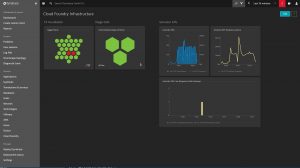
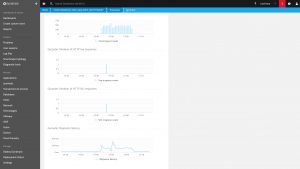
Key Takeaways:
- Full stack monitoring, including Cloud Foundry components, is critical to application performance
- Fully automated monitoring with AI-powered root cause can help you quickly identify when these components are contributing to application performance issues
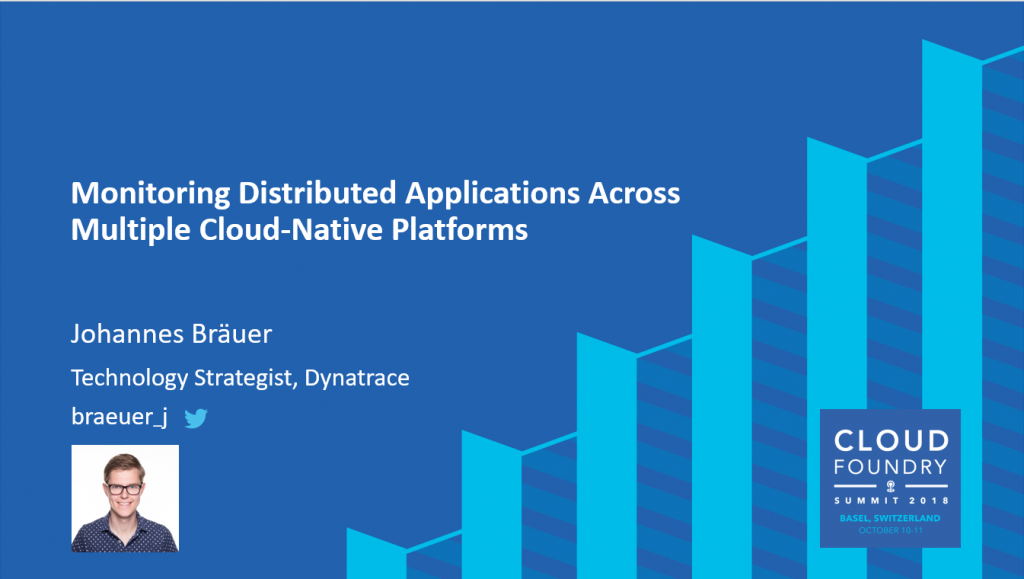
Session: Monitoring Distributed Applications Across Multiple Cloud Native Platforms – Johannes Braeuer, Technology Strategist
“Building bridges” was an omnipresent topic at Cloud Foundry Summit and symbolized the trend of building multi-cloud solutions in the universe of cloud platforms and technology stacks.
Johannes started his second presentation talking about digital transformation and how it is impacting every industry and company in the world. Referencing a recent survey showing that 92% of Cloud Foundry users cited cross-platform flexibility as important and 48% of respondents said they already have Cloud Foundry running across multiple cloud environments, the talk focused on how this paradigm shift in running applications changes the way in which they need to be monitored.
Traditional monitoring solutions weren’t designed to manage the complexity of containers, microservices, and hybrid, multi-cloud deployments – especially at scale. Fully automated deployment, configuration, and intelligence are needed to deal with the dynamic and distributed nature of these environments.
To demonstrate how Dynatrace helps you accomplish this, Johannes setup a multi-cloud environment with Kubernetes and Cloud Foundry using the open source microservices demo application Sock Shop.
While Cloud Foundry is designed for running pure microservices applications, Kubernetes is ideal for running self-built containers including non-application containers. Many companies are already taking this approach and the benefits of this combination was heavily discussed on and off stage throughout the summit.
To “build a bridge” between these two technology stacks, Johannes showed how Dynatrace is able to provide full-stack monitoring of both environments, with the Dynatrace Bosh Add-on for Cloud Foundry and the OneAgent Operator for Kubernetes.
The Dynatrace BOSH add-on for Cloud Foundry and the Operator for Kubernetes fully automate the OneAgent deployment, instrumentation, and baselining of both environments. Even containers get instrumented as they spin up, with the Dynatrace OneAgent automatically injecting itself without code or image changes.
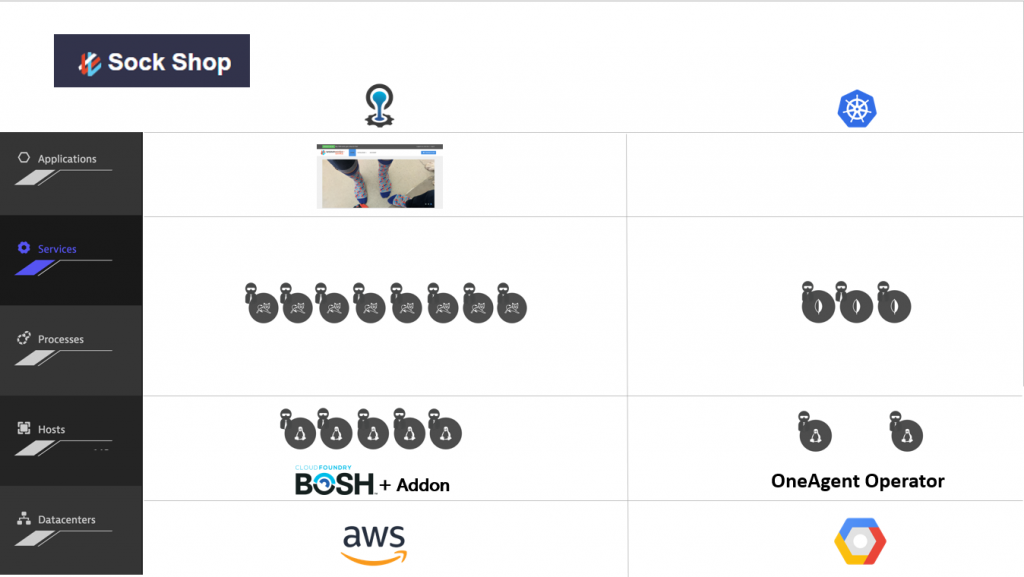
Through our tight integrations and use of automation and AI, Dynatrace seamlessly stitches your multi-cloud environments to create what looks like a “single cloud” view of how applications and services interact across data centers and platforms.
As an example, Dynatrace service flow automatically maps out for you individual service requests from end to end—you see the specific sequence of every service called as a result of any single request, regardless of where the service exists.
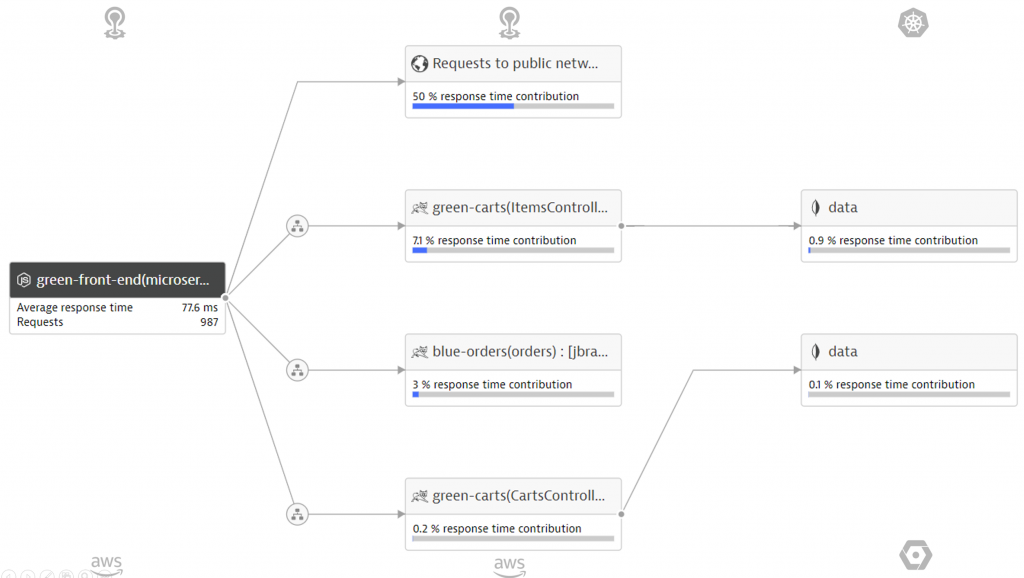
Service flow doesn’t just show you how individual service requests behave, it tells you how they perform. Dynatrace, with end-to-end full stack monitoring capabilities, provides metric detail on the number of requests, average response time, and—most significant to customers’ user experience—how each single service in a specific call sequence contributes to the overall response time
Key takeaways:
- Traditional monitoring solutions aren’t designed to manage the complexity of containers, microservices, and hybrid, multi-cloud deployments – especially at scale
- Seeing multi-cloud applications as a single entity is important to reduce complexity and quickly identify performance issues
Summary
The clear takeaways from the summit were that the Cloud Foundry community will continue to work on improving the platform and integrations, including tighter integration of Kubernetes with Cloud Foundry technologies. They are also fiercely focused on improving support for multi-platform and multi-cloud flexibility for developers and users.
Dynatrace is excited to be part of this journey and will continue to focus on improving our support for Cloud Foundry, Kubernetes, and other cloud platforms and finding innovative ways to make monitoring of highly-distributed, multi-cloud environments easy using automation and AI.


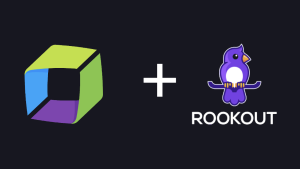

Looking for answers?
Start a new discussion or ask for help in our Q&A forum.
Go to forum